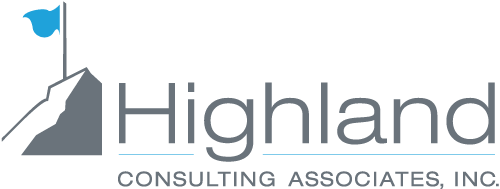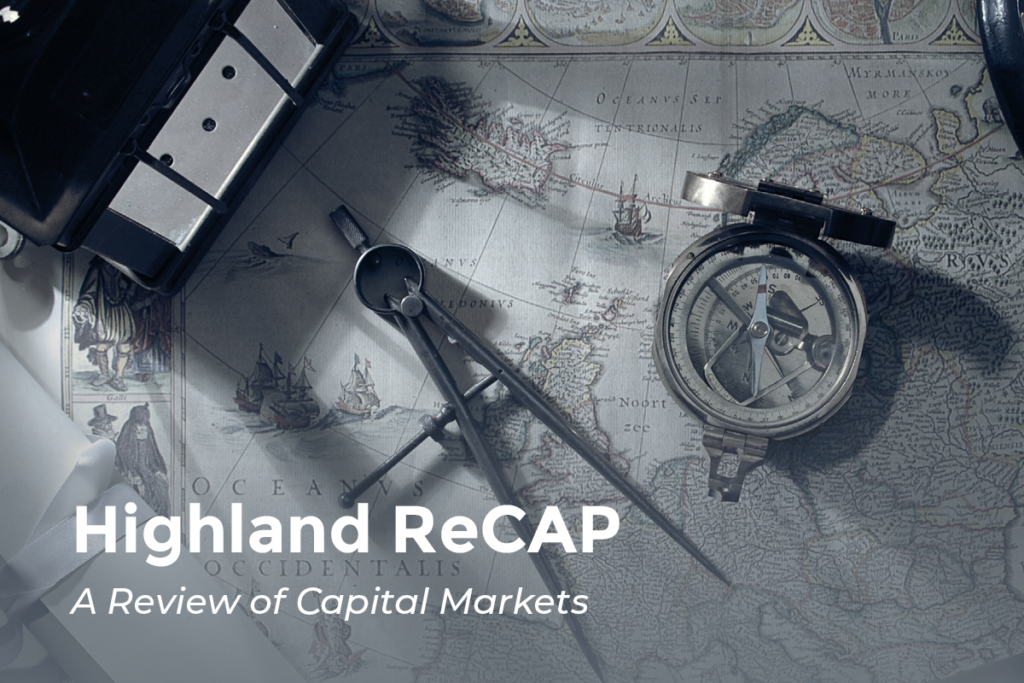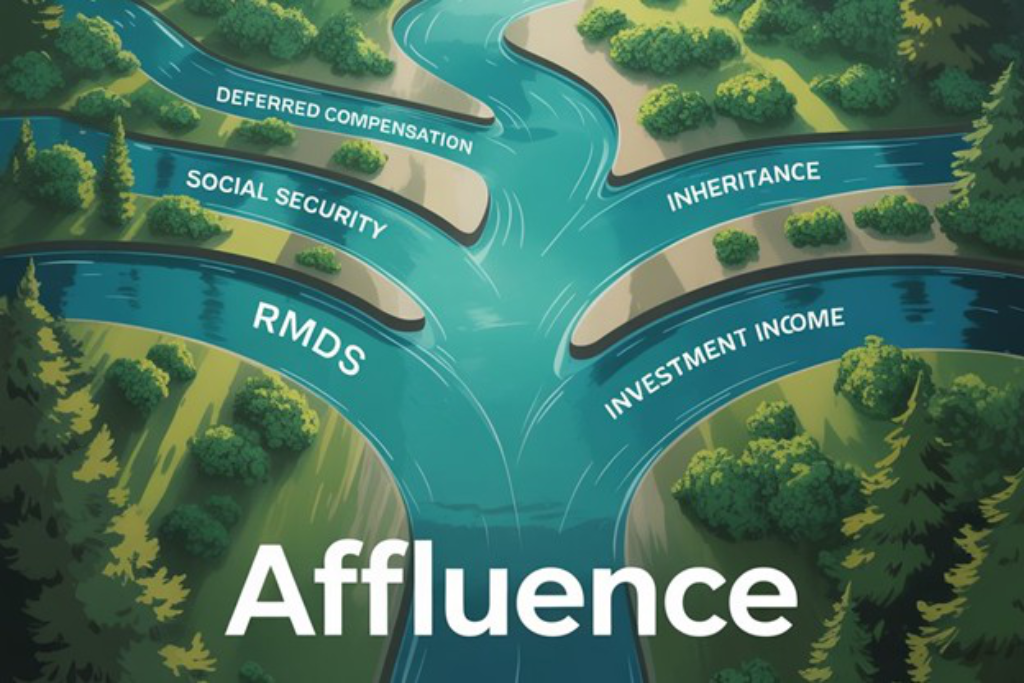Agreement at the Eleventh Hour: SECURE Act 2.0 Signed into Law and What it Means for Your Plan

On December 29, 2022, President Biden signed into law the $1.7 trillion omnibus spending bill that included the Setting Every Community Up for Retirement (SECURE) Act 2.0. The act expands on provisions enacted with SECURE Act 1.0 in 2019.
Three separate bills, one passed by the U.S. House of Representatives and two approved by the U.S. Senate, form the consolidated act. At nearly 400 pages in length, the Act adds more than 90 new retirement plan provisions. A text of the final legislation is here, starting on page 2,046.i Generally, the Act was intended to promote earlier retirement saving, boost incentives for small businesses to offer retirement plans, and offer greater saving and saving access flexibility for those over age 60.
This legislation includes a lengthy list of provisions. And while many will certainly require further guidance and clarification, and will likely not apply until after the 2023 plan year, the following list may be worth noting at this time:
Mature Participants and Retirees:
- Required Minimum Distributions (RMDs): The age for taking these from retirement plans in from 72 to 73 in 2023 and from 73 to 75 in 2033. This change is based on Americans’ growing life expectancy and increasing retirement age.
- Effective Date: Distribution years after 12/31/22
- Penalties for Failing to Take an RMD will be reduced from 50% of the RMD amount to 25% and reduced further to 10% if the failure is corrected in a timely way.
- Effective Date: Taxable years beginning after 12/29/22
- Increases for Catch-Up Contributions will be available to employees ages 60 through 63 of up to $10,000 annually to a workplace plan. (And that limit increases with an inflation index. Currently the catch-up amount for those 50 and older is $7,500.)
- Effective Date: Taxable years beginning after 12/31/2024
- “Rothification” of Catch-Up Contributions: Effective for tax years beginning after 2023, catchup contributions to 401(k), 403(b), and governmental 457(b) plans by employees whose wages exceed $145,000 (as indexed) must be made on a Roth (after tax) basis.
- Effective Date: Taxable years beginning after 12/31/23
Younger Savers, Lower-Income Savers, or Newer Plan Participants:
- Ability to Offer Small Incentives to Improve Plan Participation: SECURE Act 2.0 loosens restrictions to allow employers to provide “de minimis financial incentives” (e.g., low-dollar gift cards) to encourage participation. Plan assets cannot be used to fund incentives and guidance on what constitutes them was unspecified. This will likely be determined by the IRS.
- Effective Date: Plan years after 12/29/22
- Matching Contributions for Student Loan Payments: To help participants who are making student loan payments, very often in lieu of retirement savings, sponsors will be able to make matching contributions to employee accounts for qualified loan payments for higher education expenses.
- Effective Date: Plan years beginning after 12/31/23
- Improved Coverage for Long-Service Part-Time Employees: The Act shortens the eligibility requirement of part-time employees to make elective deferrals (with no employer match required) from 3 to 2 years.
- Effective Date: Plan years effective after 12/31/24
- New Penson-Linked Emergency Accounts and Withdrawals for Emergencies From Existing Accounts: Sponsors will be allowed to create “emergency savings accounts” (ESAs) that permit non-highly compensated employees to make Roth contributions to this savings account within (or tied to) the retirement plan beginning in 2024. These must be match-eligible like other contributions. (However, the matching amounts are not made to the emergency savings account.) Balances in the account are subject to a limit of $2,500 (or a smaller amount set by the plan sponsor) and participants must have the ability to take at least one withdrawal per month.
Another provision with a similar goal would allow withdrawals for emergencies from the existing retirement account to satisfy a personal or family emergency. Only one penalty-free distribution of up to $1,000 can be made per year. An employee can repay the amount to the plan within three years and no further emergency distributions are allowed during the repayment period unless repaid in full.- Effective Date: Contributions and Distributions made after 12/31/23
- A Saver’s Credit Becoming a Saver’s Match: This credit for low- to medium-income households offered extra tax deductions for retirement savings. Beginning in 2027, the SECURE 2.0 Act replaces that credit for certain IRA and retirement plan contributions with a federal matching contribution. The “saver’s match” will be 50% of IRA or retirement plan contributions up to $2,000 per person. Some income limits and phase-outs will apply.
- Effective Date: Tax years beginning after 12/31/26
Nonprofit Organization Plans:
- 403(b) Plans Gaining Access to Pooled Plans and Eventually to Collective Investment Trusts (CITs): SECURE Act 2.0 will permit 403(b) plans to participate in multiple and pooled employer plans (MEPs and PEPs). And while Congress enhanced the federal tax code to allow 403(b) plans to offer CITs, federal securities laws still need to be amended for 403(b) plans to include CITs. For the time being, CITs are still unavailable in 403(b) plans.
- Effective Date - 403(b) PEPs/MEPs: Plan years beginning after 12/31/22
- Effective Date - CITs: No authorized use until securities laws are changed.
Plan Administration:
- Requirement to Periodically Provide Paper Benefit Statements: Effective for plan years
beginning after December 31, 2025, a paper benefit statement must be furnished once per year for an individual account in a defined contribution plan and at least every 3 calendar years for a defined benefit plan, unless the plan follows the Department of Labor’s (DOL) electronic delivery rules or the participant or beneficiary requests that the statements be provided electronically.- Effective Date – Defined Contribution Plan: Plan years beginning after 12/31/25
- Effective Date – Defined Benefit Plan: Plan years beginning after 12/31/25
- Lost 401(k) Accounts: The Act requires the DOL to create a searchable database to help people find retirement benefits they may have lost track of. This “lost and found” will be created within the next 2 years.
- Effective Date: Creation of database no later than 12/29/24
- Matching Contributions for Roth accounts: Employers will be able to offer participants the option of receiving vested matching contributions to Roth accounts. This change will likely take time to be implemented and for payroll systems to be updated.
- Effective Date: Employer contributions made after 12/29/22
- Safe Harbor Grace Period for Corrections: The Act provides a grace period for correcting “reasonable administrative errors” associated with implementing auto-enrollment and auto-escalation features, without penalty, subject to certain requirements.
- Effective Date: Errors must be corrected prior to 9 ½ months after the end of the plan year in which the mistakes were made. Effective for errors occurring after 12/31/2023.
Highland Can Help
With more than 90 provisions, SECURE Act 2.0 is far more comprehensive than what is outlined
above. And, as noted, the provisions vary in their effective dates. Highland can help you identify
noteworthy provisions for your plan and the effective dates. As Investor Advocates®, we stand beside you to prepare for these changes. We will work with you, your ERISA counsel, and your plan providers to incorporate the provisions relevant to your plan.
Highland is ready to guide your plan to both fulfill the new requirements and to take advantage of opportunities to help “secure” a better retirement for your employees. Please contact Rich Swanner at 440.808.1500.
Highland Consulting Associates, Inc. was founded in 1993 with the conviction that companies and individuals could be better served with integrity, impartiality, and stewardship. Today, Highland is 100% owned by a team of owner-associates galvanized around this promise: As your Investor Advocates®, we are Client First. Every Opportunity. Every Interaction.
Highland Consulting Associates, Inc. is a registered investment adviser. Information presented is for educational purposes only and does not intend to make an offer of solicitation for the sale or purchase of specific securities, investments, or investment strategies. Investments involve risk and unless otherwise stated, are not guaranteed. Be sure to first consult with a qualified financial adviser and/or tax professional before implementing any strategy discussed herein. Past performance is not indicative of future performance.



